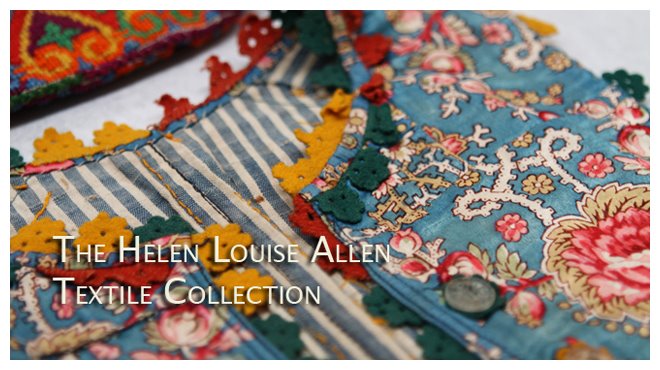
We did it! The Helen Louise Allen Textile Collection relocation has been completed. So many people worked so hard on this project and I just want to say thank you thank you thank you for everyone's help. We couldn't have done it without you.
Blueprint Fine Art Services did a beautiful job crating and boxing our oversized pieces. The force behind the relocation, C. Coakley, did a great job and were an absolute pleasure to work with. Rich Reinke, Coakley's on-site leader for our move, was integral to the relocation going as smoothly as it did and he without a doubt deserves a round of applause. Particularly for maintaining a positive attitude for weeks on end!
I suppose I should also say thanks to mother nature for limiting the blizzards to non-move days. You've got to love these midwestern winters!
I will have many more photos of the move process as well as our new spaces just as soon as I find the box I packed the flash card reader into...



























